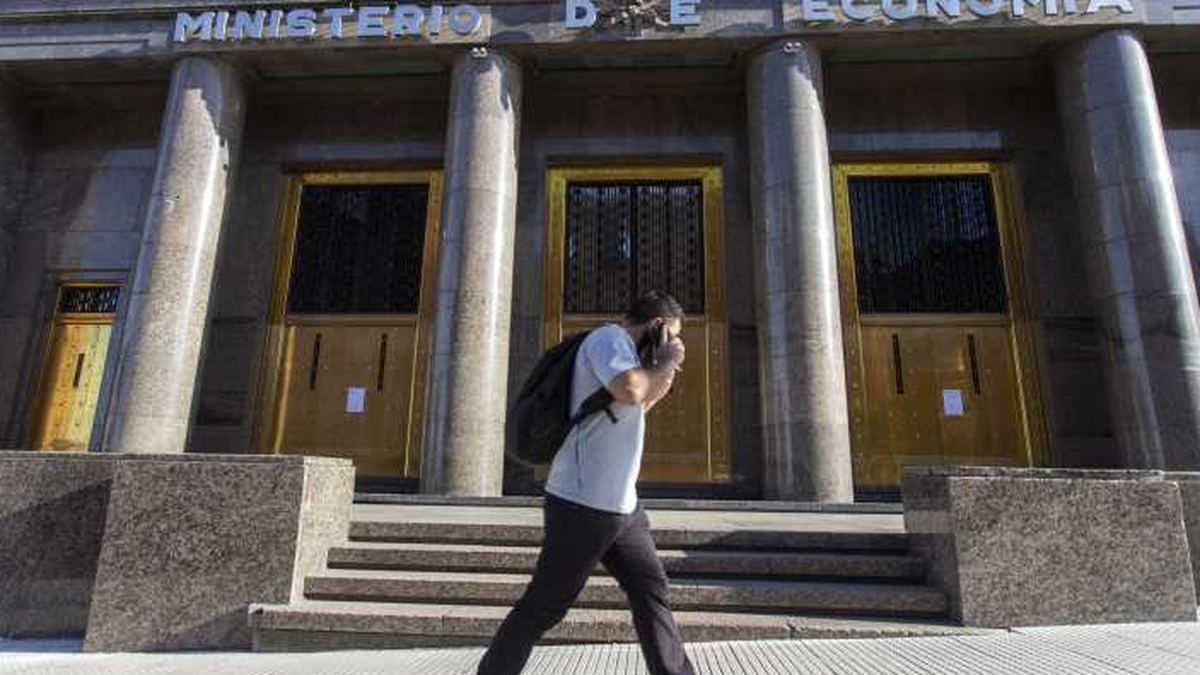There are doubts in the market that the Treasury can get all the pesos it needs between now and the end of the year. “The truth is that the weight market is broken,” they said from an important consultancy. The results of the debt swap and the last tender for Treasury bills this month set off some alarm bells.
Only 61% entered the bond exchange operation and there was little private participation. Last week there were maturities for about $164,000 million and about $165,000 million were obtained in the placement, in an offer addressed to banks in Badlar rate-adjustable bonds that can be used to establish reserve requirements.
Tobías Pejkovich Balbiani, economist at Facimex Valores Research, pointed out that “if the Treasury repeats the strategy that it has been implementing in the lastconsisting of placing very short instruments with maturities prior to the PASO without offering CER assets so as not to put pressure on the purchases made by the BCRA in the secondary market, nor it will be able to substantially improve the net financing numbers”. Pejkovich Balbiani indicated that “assuming that the government manages to meet the primary deficit target of 2.5% of GDP and taking into account that the last two months concentrate a large part of the fiscal deficit, we estimate that the Treasury would need to capture $143 billion of net financing in each of the three remaining tenders for the year.”
For the consultancy EcoGo, the numbers are a bit higher. The government has toGet them to lend $500,000 million more than the maturities remaining until the end of the year. “The rollover levels that are needed have not been seen for almost two months,” says the consultant, which states that in a scenario in which it does not get all or part of those pesos “the BCRA is going to have to go out and buy Treasury securities.” The report indicates that the Government is remaining the only source of financing for the “disguised issuance of the BCRA”. One fact to take into account is that what remains to be financed is equivalent to approximately 0.6% of GDP, making use of the net financing accumulated during the year.
Eugenio Marí, Chief Economist of the Libertad y Progreso Foundation (LyP), estimates that until October the primary deficit measured according to IMF guidelines “is at 1.2% of GDP, so the Government has one point left” until the end of the year. Marí considered that “because of how the numbers come in, he would aim to comply” with what was agreed in the Extended Facilities Agreement. But he considered that “the main warning signal” that the Executive received regarding the fact that the peso market continues to close “was the exchange” of bonds in the first week of this month. “The private sector almost did not enter, because it is lowering the exposure to the Treasury,” he explained.
One way that remains for the Economy, in case it does not obtain all the necessary financing, is the assistance of the Central Bank. Although Minister Sergio Massa assured that he was not going to use more transitory advances, Marí estimated that he could still make use of $100,000 million and be within the agreement with the Washington-based organization. Based on this, the economist opined that the government is “accelerating a bit” the cut in primary spending, beyond the liquefaction effect caused by inflation so far, which allows us to see adjustment levels of the order of 20% in real terms.
Source: Ambito
David William is a talented author who has made a name for himself in the world of writing. He is a professional author who writes on a wide range of topics, from general interest to opinion news. David is currently working as a writer at 24 hours worlds where he brings his unique perspective and in-depth research to his articles, making them both informative and engaging.




